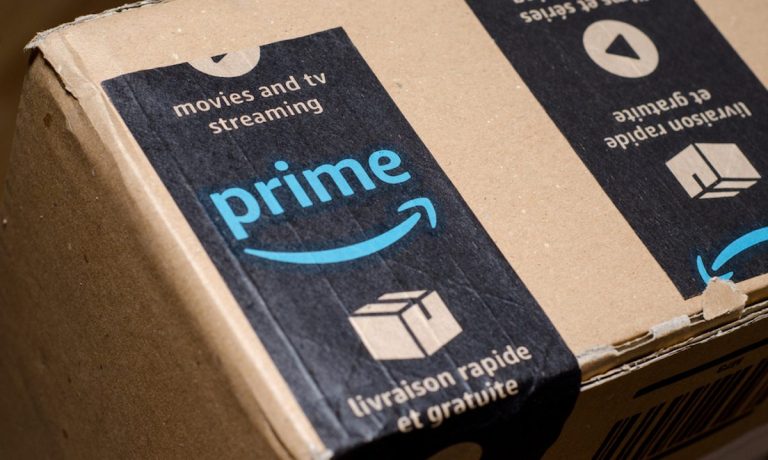
The August edition of the PYMNTS Subscription Commerce Tracker, published in collaboration with Vindicia, highlights that while the subscription commerce model continues to gain ground, it is not without its drawbacks, and pain points are starting to frustrate some consumers.
Read the report: The Subscription Commerce Tracker
One of the issues consumers have with subscription commerce is that recurring costs can quickly stack up. Worse still, free trials that roll over into expensive subscriptions are at best an annoyance and at worst downright predatory.
Whether it’s a subscription that just isn’t being used or a free trial that the customer never intended to extend, many subscribers have found that canceling unwanted subscriptions isn’t always as easy as it should be.
As the PYMNTS Subscription Commerce Tracker notes, in Europe, consumers in multiple countries have expressed frustration with Amazon Prime’s cancellation process, contending that the company intentionally makes it difficult to cancel subscriptions by deploying multiple menus, various links, unclear wording and confusing choices.
In response to these complaints, the European Union (EU) raised these issues directly with the eCommerce giant, which has since streamlined its cancellation process. Now, EU citizens can cancel their Prime subscription in just two clicks, with similar changes scheduled for U.K. subscribers this month.
Ease of cancellation (or lack of it) is one aspect of subscription management that often gets overlooked. As the PYMNTS Subscription Commerce Tracker observes, rising costs are also a key source of consumers’ frustration with subscription services.
Last month, Amazon announced it was increasing its European Prime fees, leading to an increase in the U.K. fee from £79 ($95) to £95 ($114), while in France, the country that experienced the largest price increase by percentage, Prime subscription jumped from €49 ($50) to €69.90 ($71).
But while subscription costs are on an upward trend, an increase of $20-$30 annually is negligible when considering the amount people spend each month on subscriptions.
One recent survey found that the average amount respondents spent on subscriptions was $219 every month. That same study also found that subscribers underestimated their monthly spending by an average of $133 per month.
Read on: Amazon to Raise Prime Subscription Price in Europe to Offset Inflation
And in these challenging economic times, underestimating one’s monthly spending might not be a smart move. In that regard, consumers that sign up for subscriptions through Amazon may have an advantage over others who subscribe to each service individually.
Using Amazon’s “your subscriptions” tab, users can better manage any recurring payments, including for games and streaming services, made through Amazon’s Appstore.
Amazon’s subscription management features also make it easy to cancel unwanted subscriptions, update payment preferences and change account settings and details all in a single place.
Related: Rocket Companies Adds Personal Finance App Truebill for $1.275B
That said, universal tracking tools that allow users to manage all their subscriptions, not just those made through the Amazon Appstore, could become a game changer in the subscription commerce space.
Truebill’s app is one of such tool attempting to fill this gap by helping the firm’s 2.5 million members manage subscriptions, improve their credit scores and track spending. Per a PYMNTS report, the company analyzes about $50 billion in monthly transaction volume and has helped customers save more than $100 million since it launched in 2015.
Subscription Management and Consumer Choice
In the subscription economy, a centralized, integrated subscription portal is the holy grail of financial management tools. The ability to gain an overview of all pending subscription payments and easily cancel or put on hold individual subscriptions would help with budgeting and may even help reduce customer churn for businesses that are reliant on recurring payments.
Related: PYMNTS Intelligence: How to Avoid Becoming a Consumer’s Unwanted Subscription
After all, if customers had an easier, more flexible way to manage subscription costs, they may have less reason to cancel subscriptions that they actually enjoy.
In a sign that consumers are fed up with spiraling subscription costs, a number of services are bundling subscriptions together or partnering with other providers to offer users better deals.
For example, this month Walmart announced that Walmart+ members will soon get access to a Paramount+ Essential subscription at no added cost.
More on this: Walmart Partners With Paramount+ as It Enters Streaming Business
By adding streaming to the existing offerings of Walmart+, the recent collaboration suggests that the company may have its eyes on an Amazon-style multi-subscription platform. Yet as the EU complaint demonstrates, Amazon’s subscription business is far from universally loved by consumers.
To create the best user experience and retain customers, subscription-based businesses need to keep in mind that the ability to manage a subscription, including the ability to easily cancel it if needed, is highly valued by consumers.
For all PYMNTS EMEA coverage, subscribe to the daily EMEA Newsletter.